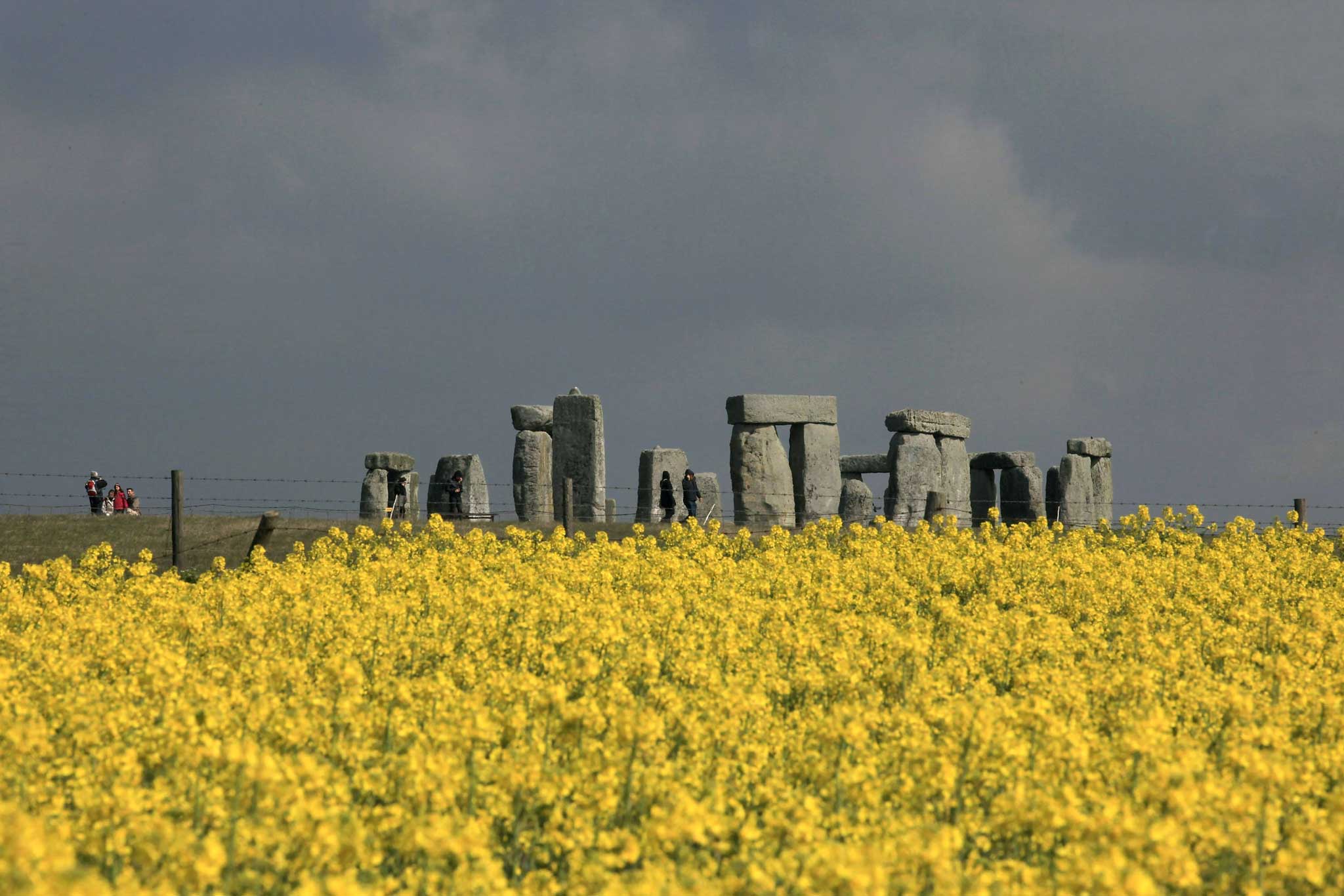Time's Anvil: England, Archaeology and the Imagination, By Richard Morris
From Stonehenge to Birmingham, this survey of the art of the dig modifies our map of the past

Your support helps us to tell the story
From reproductive rights to climate change to Big Tech, The Independent is on the ground when the story is developing. Whether it's investigating the financials of Elon Musk's pro-Trump PAC or producing our latest documentary, 'The A Word', which shines a light on the American women fighting for reproductive rights, we know how important it is to parse out the facts from the messaging.
At such a critical moment in US history, we need reporters on the ground. Your donation allows us to keep sending journalists to speak to both sides of the story.
The Independent is trusted by Americans across the entire political spectrum. And unlike many other quality news outlets, we choose not to lock Americans out of our reporting and analysis with paywalls. We believe quality journalism should be available to everyone, paid for by those who can afford it.
Your support makes all the difference.The ground beneath our feet is made up of layers upon layers of history, the accumulated evidence of human existence from the millennia of prehistory to the hours of yesterday. These pasts are vertiginous, ever-expanding and engulfing, and it is this dizzying panorama of the vast, tangled mass of what has gone before that Richard Morris sets out to map in Time's Anvil. For Morris, this book is an "expedition" into the past, and as such it is both expansive and singular. But Time's Anvil is also an impassioned history and defence of archaeology, a history of humanity in England, and a heartfelt meditation on transience and mortality.
Compared with documentary history, the scope of archaeology is overwhelming. Morris inevitably finds an elegant human perspective in the snapshots he describes, from human footprints across the mudflats of the Severn estuary made six or seven thousand years ago by a group that included a running child, to the comparatively recent plaster drips hanging from the vaulted ceiling of a church crypt on the North Yorkshire moors, just nine centuries old. People leave their traces not only in deliberate workmanship, but just by getting along – disturbing the mud and leaving a trail that we, or at least the observant archaeologist, can follow back in time.
On this journey, every scrap of material becomes forensic evidence. Morris reveals how, as other disciplines and technologies develop, so archaeology benefits. Aeriel surveys of archaeological sites are now common practice, as is dating wooden objects by tree-ring analysis and artefacts by the decay of carbon-14. The examination of microscopic insect exoskeletons means that conclusions about farming, woodland, drainage, and even personal hygiene can now be drawn from a handful of earth: "pubic lice, intestinal parasites, mud from mires, turds – the list of things at which archaeology can look is infinitely extensible".
Morris likens this growing avalanche of evidence to the predicament of the sorcerer's apprentice. There is certainly a danger that increasingly minuscule detail will obliterate any wider picture of the past. But by challenging the conventions of depicting a day-in-the-life of Neolithic man, or plotting the historical narrative of the Middle Ages, Morris emphasises local distinctiveness and individual disparities. History moves less in epochs and revolutions and more in gradually changing systems and social movements, often contradictory.
Morris is at his best when demolishing common assumptions that spring from modern prejudices, such as exploding the myth that Anglo-Saxon society was primitive and brutish when it was, at least in places, highly sophisticated and progressive. Similarly, while it is well known the inner circle of Stonehenge was built of bluestone originating in Wales, whether these rocks arrived on Salisbury Plain by a human workforce or glaciation is not yet known.
What Morris does reveal is the extent to which trade and travel were common prehistoric activities. By the fourth millennium BC, axe heads made in Cornwall were being used in Essex and Yorkshire, and those made in what is now the Lake District found their way to the Fens. Four miles of a copper mine in Llandudno from the same period have so far been explored; it is the largest such mine in the world and evidently provided for an international market.
Morris's refreshing open-mindedness extends to championing less academic innovations. He persuasively argues that the much-scorned metal-detecting community has made significant contributions to our understanding of the Anglo-Saxon economy and also to battlefield archaeology. He also embraces the often sentimentalised field of "industrial" archaeology, delivering mind-boggling statistics on the overwhelming output of 19th-century Birmingham, which by 1875 was producing some ten trillion iron nails every year, and with which mail-order kit-built cities could be constructed.
Throughout his history of everything, Morris does maintain a human perspective. His past cities and villages and landscapes are populated by real people, and he is unafraid to tackle sensitive areas such as the responsibility of archaeology to bear witness to the slave trade and the Holocaust. The shadows of suffering and extinction thus hang over much of the book, reminding us that archaeology, a glorious quest for historical knowledge that unites the sciences with the humanities, is also an anatomy of melancholy. For all the footprints we have, we can never hold the hand of the long-dead child that once skipped across the prehistoric mudflats.
Nick Groom's 'The Gothic' is published by Oxford
Join our commenting forum
Join thought-provoking conversations, follow other Independent readers and see their replies
0Comments